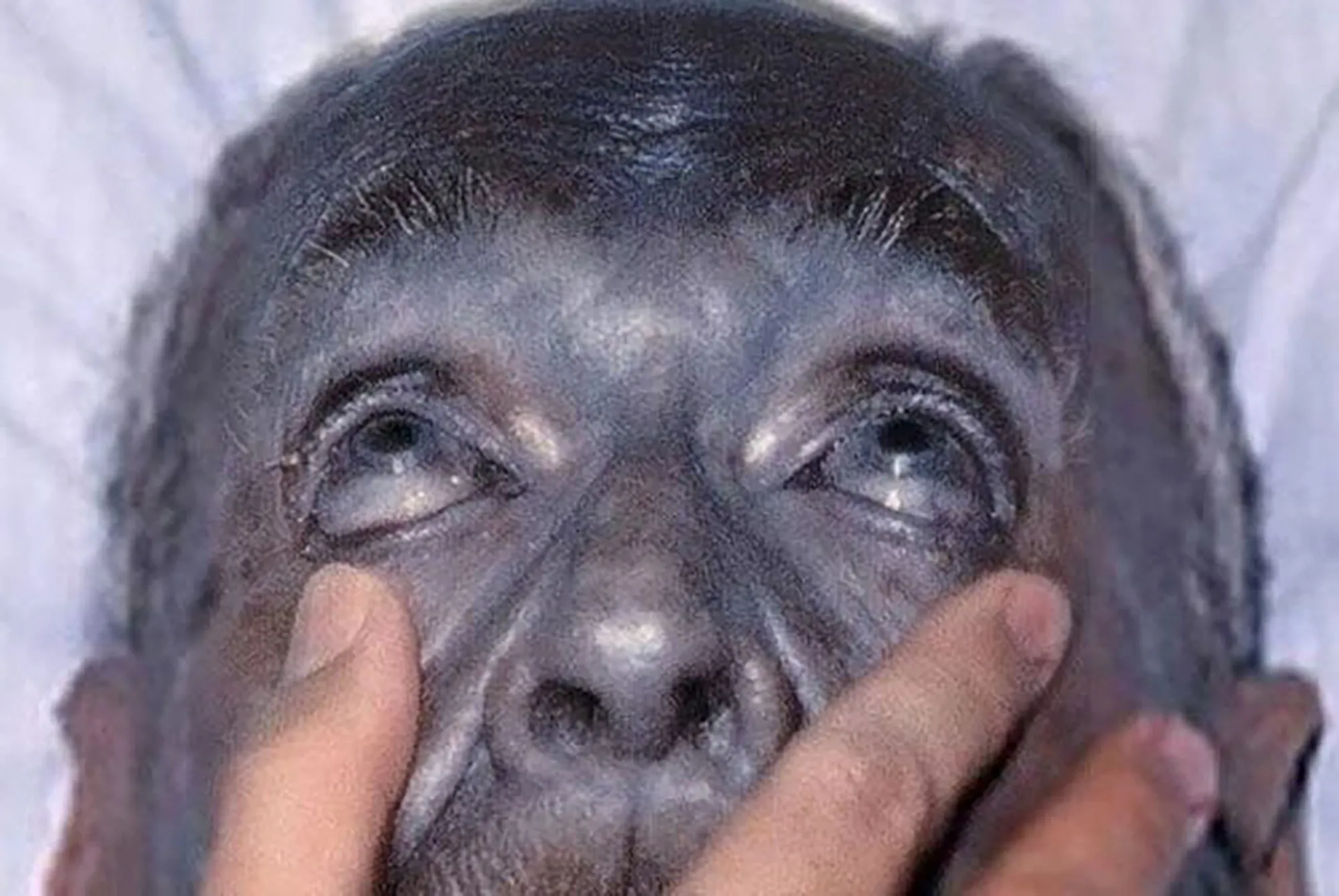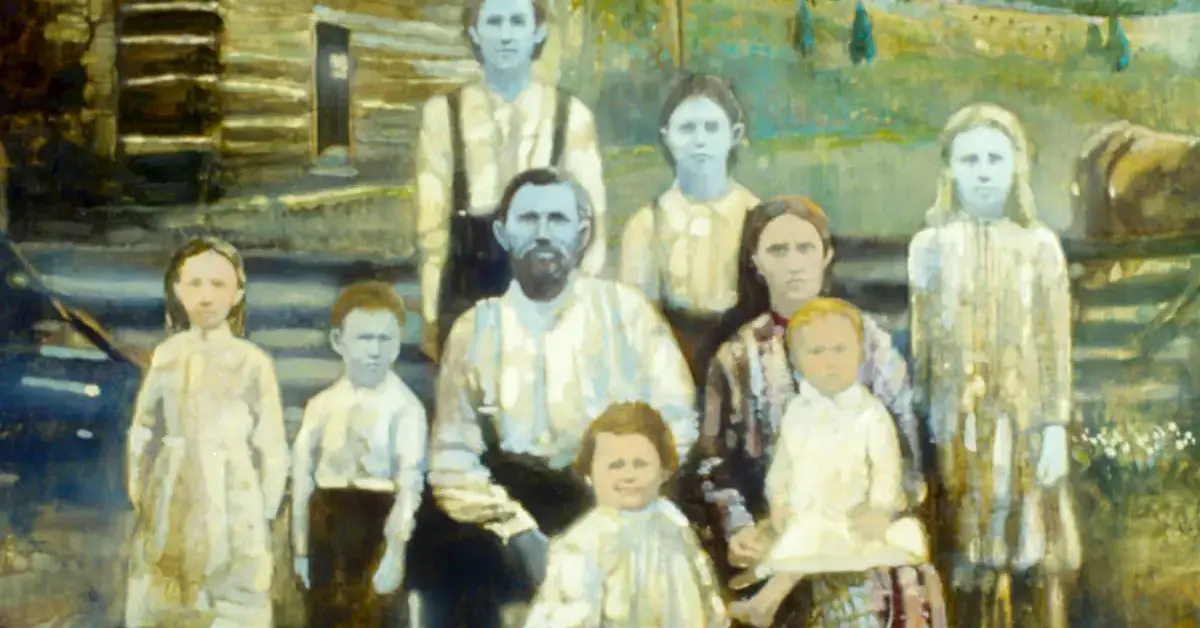The blue people of Kentucky, have an intriguing story. In the heart of the Appalachian Mountains, their narrative unfolds—one that has intrigued scientists and storytellers for generations.
Who are the Blue People of Kentucky?

The Fugate family, known as the Blue People of Kentucky, have left an indelible mark on history due to their distinct blue skin—a remarkable trait borne from a rare genetic condition known as methemoglobinemia.
The world of the Fugate family and their journey began with the arrival of a French orphan named Martin Fugate in 1820.
Nestled in the secluded Troublesome Creek, this remote corner of eastern Kentucky became the residence for Martin and his new wife. A marriage, seven children, and a refuge of seclusion gave rise to a family with a blue color of skin.
The Science behind their skin color

The tale of the Blue People of Kentucky unveils not just folklore, but the workings of genetics as well. Their story shines a light on the profound influence of genetic traits within people.
Amidst the mountains and isolation, the Fugate family inadvertently harbored a recessive gene that painted their skin blue, thanks to methemoglobinemia.
This rare genetic condition altered the blood’s hemoglobin, leading to elevated levels of methemoglobin. Contrary to popular belief, the azure complexion wasn’t a result of a pigment disorder, but rather a striking manifestation of the blood condition itself.

The Fugate family’s secluded lifestyle acted as a crucible for this genetic anomaly. Limited marriage options due to isolation intensified intermarriage, inadvertently nurturing the persistence of the blue skin trait.
The consequence of isolated existence and genetic interplay unraveled in their skin’s vivid palette, weaving an astonishing narrative of adaptation and inheritance.
Fast-forward to the 1970s when the birth of Benjamin Stacy reignited the intrigue surrounding the Fugate family. This descendant’s birth heralded a medical investigation that eventually unveiled the connection to the Blue Fugates of Troublesome Creek.
The story that ensued delved into genetics, blood disorders, and the unexpected power of a simple dye to transform their skin color, unveiling a testament to human adaptability and medical breakthrough.
Today, the blue skin of the Fugate family has largely faded, a result of increased mobility and intermarriage. Yet, their story remains etched in the annals of genetics, offering invaluable insights into the interplay of isolation, genetics, and human identity.









